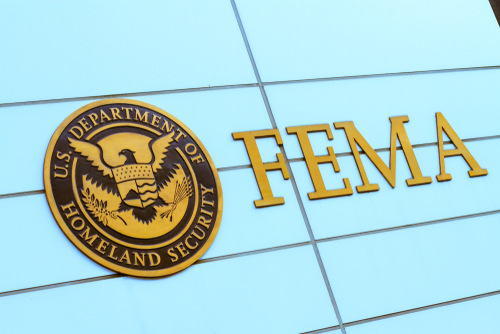
Blackhawk helicopter created issues during its relief efforts upon landing. Civilian Pilots contributions highlight relief operation challenges. The FAA handles airspace access for Rescue efforts. Rumors have circulated that disaster rate has been hampered by the federal government.
The Incident at the Relief Site
The North Carolina Air National Guard’s Blackhawk helicopter, while attempting to land at a designated relief site, inadvertently caused a considerable disturbance and endangered personnel on the ground due to rotor wash. This incident underscores the challenges faced by rescue operations during hurricane recovery missions. The disruption prompted a review of standard landing procedures and interaction protocols with civilian pilots, who initially played a significant role in providing critical relief support following Hurricane Helene.
Despite their pivotal contributions, civilian helicopter pilots were ordered to stand down, prompting questions about the balance between official and private sector involvement in disaster scenarios. As the National Guard took the lead in response efforts, the coordination issues highlighted the need for comprehensive operational reviews to improve efficiency in future disaster scenarios.
Even though the Kamala Harris Admin continues to threaten Americans with arrest for bringing aid to Hurricane Helene victims via helicopter, Americans are still doing it
“Taking Our Helicopter Into North Carolina's Disaster Zone” “There’s helicopters everywhere, loading back… pic.twitter.com/0sYyLdaBAY— PPN (@PPN1776) October 5, 2024
Role of Civilian Pilots in Relief Efforts
Civilian pilots demonstrated remarkable initiative by quickly mobilizing to deliver aid and perform rescues in the immediate aftermath of Hurricane Helene. Their readiness and ability to navigate challenging conditions provided timely support to affected communities. However, the incident involving the National Guard helicopter has drawn attention to the need for enhanced coordination and clearer guidelines when integrating civilian efforts into government-led operations.
“Our National Guardsmen are trained and ready to support the citizens of South Carolina,” said U.S. Army Brig. Gen. Robin B. Stilwell, South Carolina National Guard director of the joint staff. “Our efforts are focused on assisting county and state agencies.”
The Federal Aviation Administration (FAA) clarified that it is working to maintain open airspace access for recovery operations, countering rumors of restriction. By collaborating with state agencies and civilian operators, the FAA aims to streamline air traffic during critical relief missions, ensuring that government and civilian efforts complement rather than conflict.
Helicopter pilots delivering aid to hurricane victims in aftermath of Helene, Milton. pic.twitter.com/Ra7WZMe7Kt
— Fox & Friends First (@FoxFriendsFirst) October 10, 2024
FEMA’s Rumor Control and Information Dissemination
To mitigate misinformation during the complex recovery stage, FEMA has launched a rumor response page. This platform aims to provide accurate information and dispel myths that may hinder the recovery process. FEMA’s approach ensures that those affected by Hurricane Helene receive reliable information regarding aid availability, funding mechanisms, and eligibility criteria so that resources are correctly allocated.
“As FEMA Administrator Deanne Criswell has said, she has the full authority to spend against the President’s budget, but we’re not out of hurricane season yet so we need to keep a close eye on it.”
Amidst the challenges of misinformation and operational coordination, FEMA remains committed to delivering effective aid. By collaborating with other agencies and leveraging civilian capabilities, FEMA intends to optimize disaster response strategies and enhance community resilience against future natural disasters.











